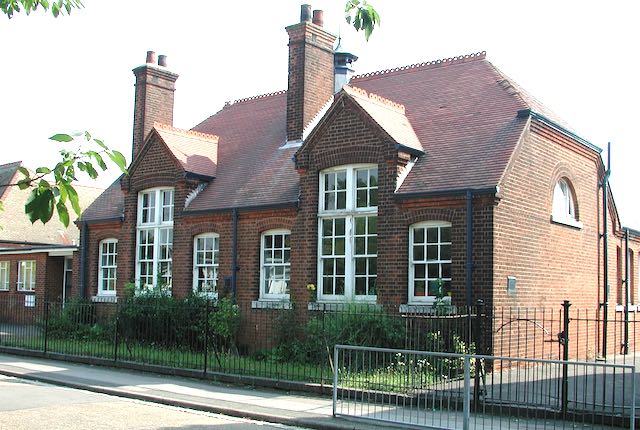It is now over thirty years since the first major legislation authorising education provision on a national scale; the 1870 Education Act.
After playing around with government's potential responsibilities for educating the nation's children, the Education Act of 1902, commonly referred to as the Balfour Act, sealed the state's future pathway, formalising the provision of education throughout the country for all children, not only those who weren't lucky enough to receive a classroom place from one of the voluntary organisations. Further, transferring existing responsibilities from local boards (described in the previous blog) and voluntary organisations to the recently formed county councils. Although districts could apply for exemption, St Albans, after much lengthy discussion, agreed to pass over its schools to Hertfordshire County Council (HCC).
While HCC lost no time in familiarising itself with its portfolio of existing premises and the need to standardise the facilities' requirements for new buildings, it was clear to the authority that improvements to existing buildings would be limited, given the disparity between need and available resources. For example, the entirely sensible desirability of providing a bathroom for the benefit of any child arriving at school dirty from normal living conditions endured at home, would potentially have a facility to use before the school day began. However, some members of the education committee were not convinced of the committee's responsibility to ensure children were clean. Standard building foundations would also be reduced for new buildings to a depth of 18 inches. Porches would not be provided, and pianos were also considered unnecessary expenditure.
On the other hand, a proposal for woodwork to be introduced for boys, and for school gardens to be provided, both for which were accepted. Accommodation for the first was found initially at the old Art School premises in Victoria Street, and a section of ground at Hatfield Road Boys' School was made available, although it is not known whether other schools also benefited before the First World War. During the war the same school took on allotments on spare ground north of Brampton Road.
The committee was also concerned that younger children, including infants, traditionally spent too much time sitting at desks. It urged that more time was given for education for the body – active pursuits.
So, the new school style would provide full-time attendance at a recognised school from the age of 5 to 7 in mixed infants classes, thereafter in senior classes of single gender until the age of 12, above which it was slowly but progressively advanced by a year at a time.
 |
| Two recent views of the former St Peter's Elementary School, the top picture from Old London Road and the lower picture from the top of Cottonmill Lane. |
In other parts of the city and in more rural settlements the existing British, National and Board schools would continue as usual, but as Elementary establishments, the responsibility of Hertfordshire County Council. Its Education Committee would then decide when a school was deemed full, with arrangements made to add either permanent or temporary rooms according to need. Or, of course, adding more desks to existing classrooms!
Remembering that the system in St Albans largely relied on making use of existing buildings for an existing system. Unsurprisingly, it did not take long for the modified structure of the Education Committee to require unpicking. The elementary system was about to be re-organised less than two decades onwards. We'll discover how next time.








No comments:
Post a Comment